Achieve your sustainability goals faster with primary data – not estimates. Use the Tanso Supplier Sustainability Portal to collect supplier data for PCF, CCF, and CBAM reporting with accuracy and transparency.

Direct access to the Tanso platform for suppliers – fast and secure provision of relevant emissions data and sustainability metrics, such as Product Carbon Footprints.
Continuous integration of supplier-specific emission factors and CBAM products into all Tanso software modules.
Track the processing status and responses of all supplier data requests.

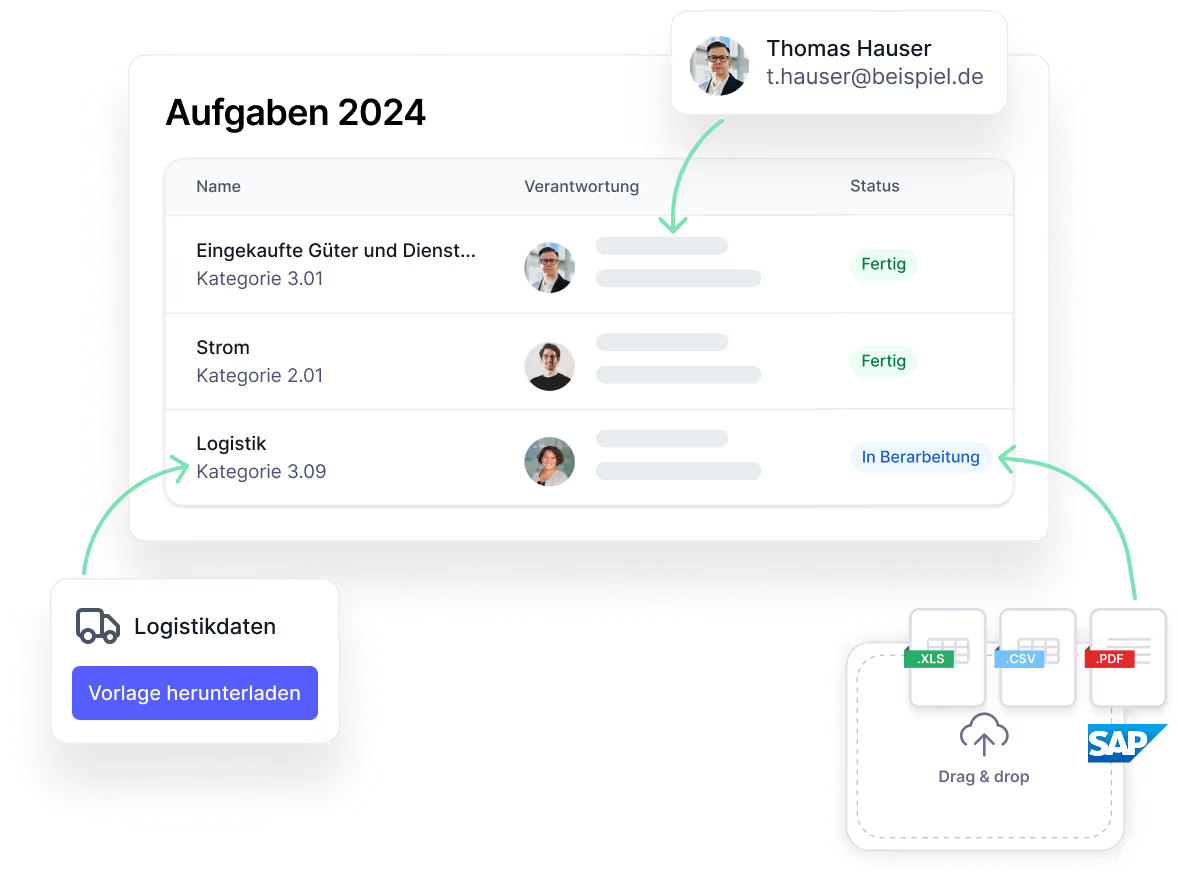

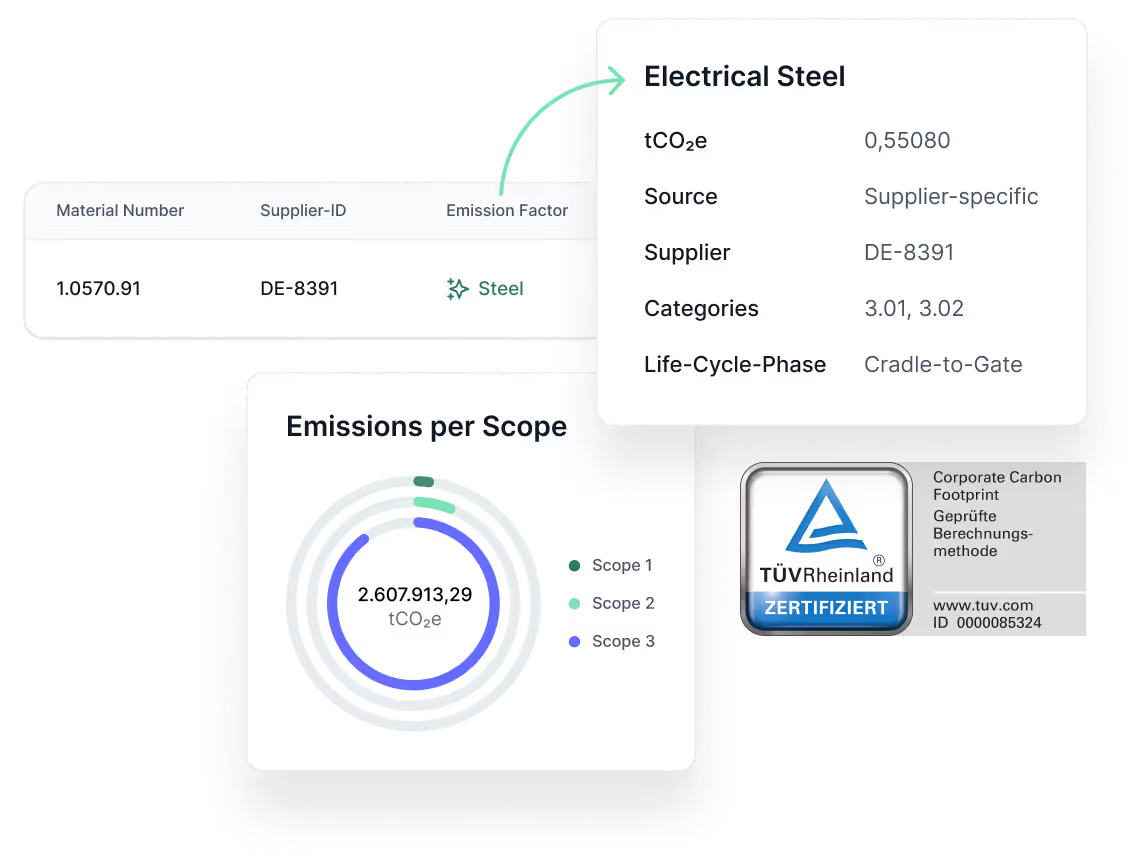

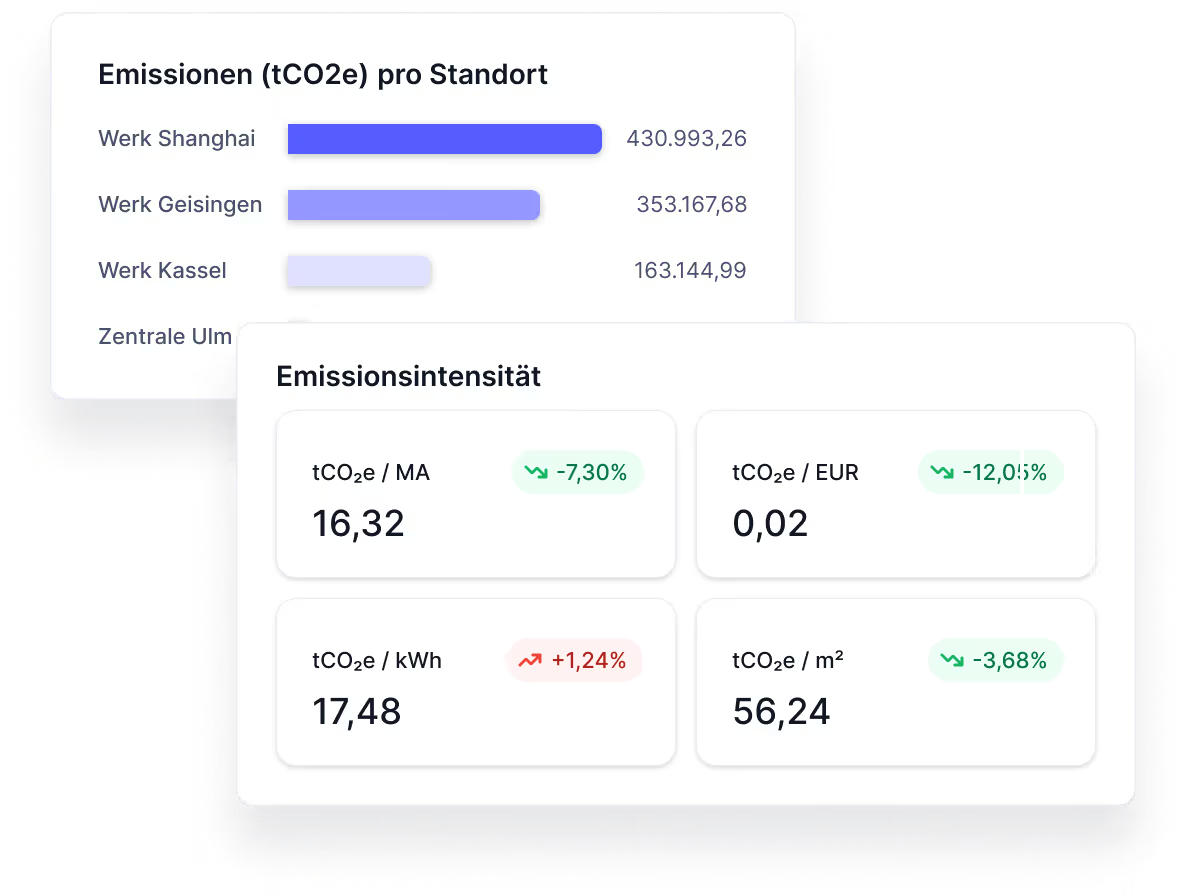



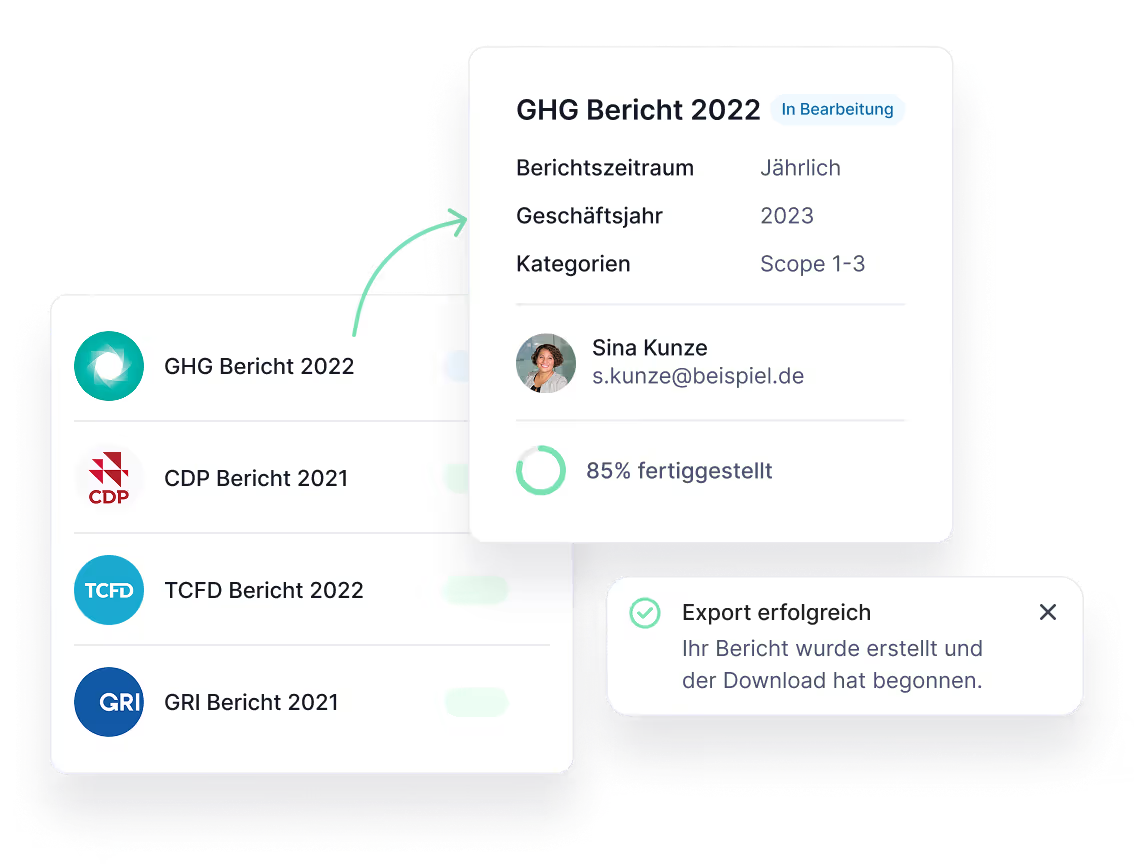
.avif)
.avif)
.avif)
.avif)
.avif)

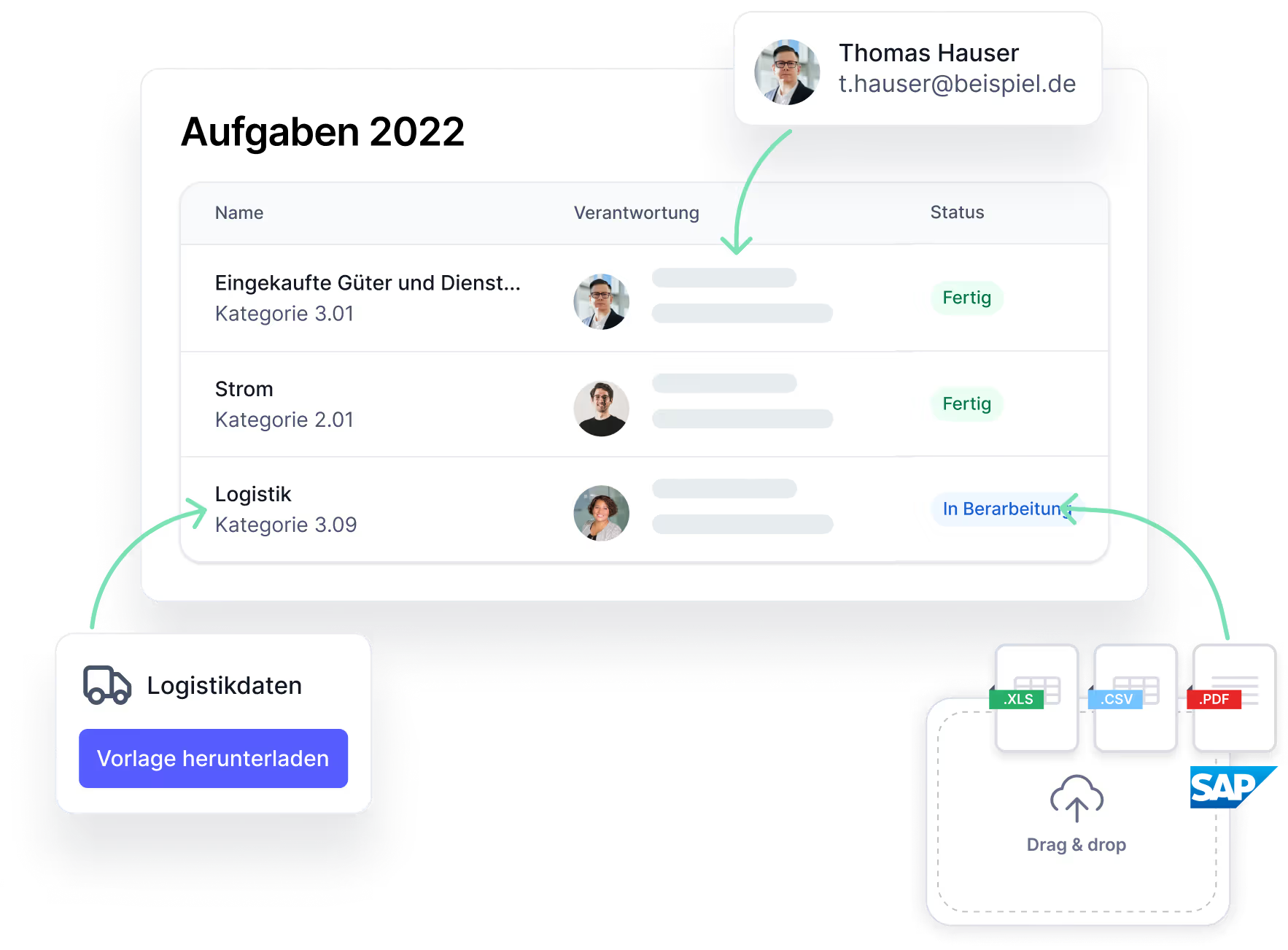
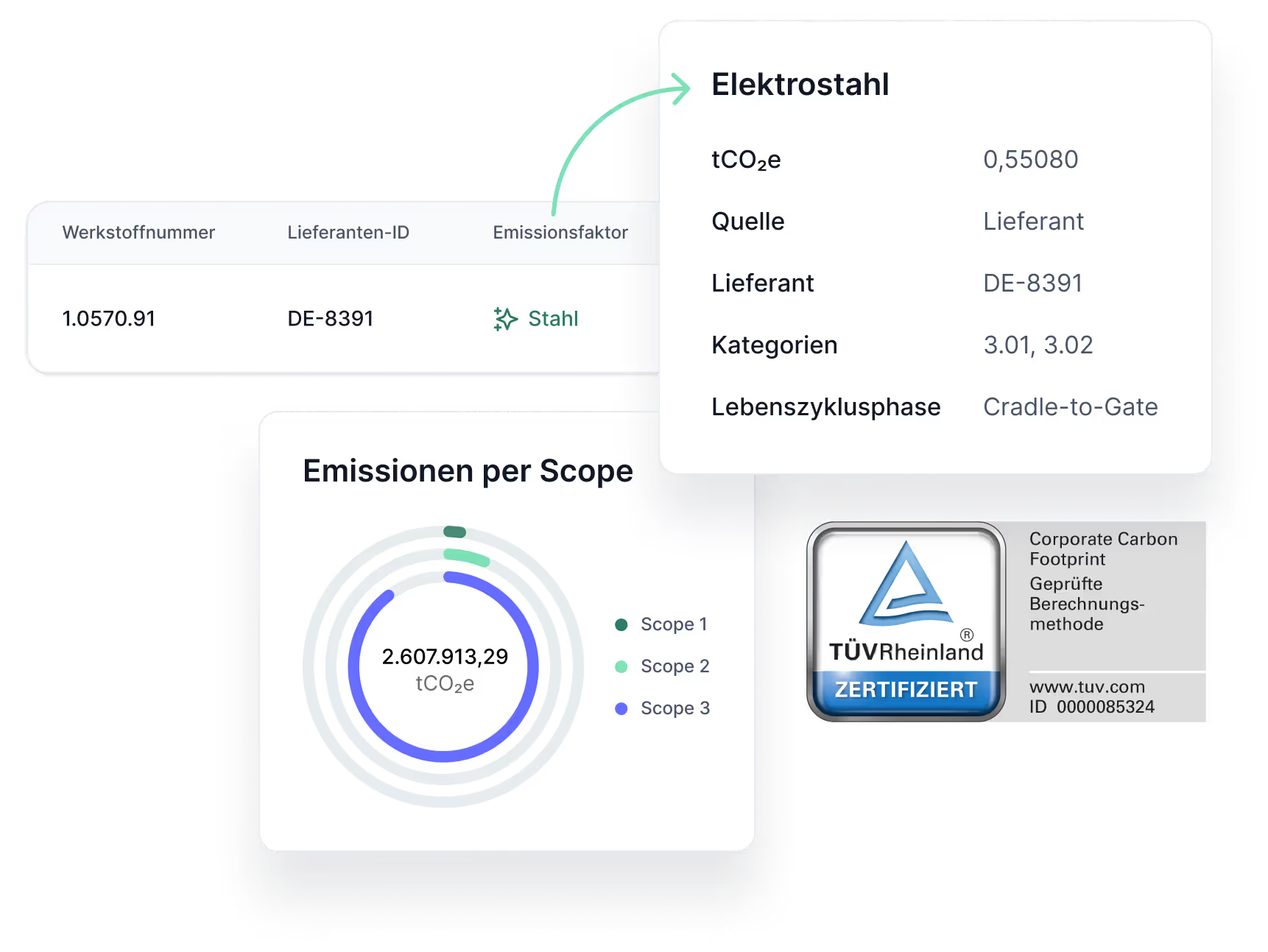







Implementierung, Einzelheiten zu Regulatorik und mehr. Finden Sie hier Ihre Antworten.
Primary data improve the accuracy of CO₂ accounting, help identify key emission drivers, and enable targeted decarbonization measures and better supplier management.
Without primary data, calculations rely on generic emission factors and estimates (e.g., from Ecoinvent or DEFRA) – less precise, but possible in the short term.
PCFs form the basis for robust Scope 3.1 calculations, as they reflect the actual emissions of purchased products and materials – instead of unspecific average values.
The Omnibus proposal introduces simplifications for CBAM: until the end of 2025, companies may report standard values instead of primary data. This gives importers more time and temporarily reduces the effort required for collecting emissions data in the supply chain.
Climate targets should be science-based (e.g., SBTi-compliant), measurable, time-bound, and realistic – aligned with Scope 1–3 and backed by a clear reduction pathway.
PCFs (Product Carbon Footprints) from the supply chain provide accurate Scope 3.1 data and are essential for reliable CO₂ accounting and CBAM-compliant reporting.
Primary data are company- or supplier-specific data, such as actual emissions values of a product or process – as opposed to generic average values from databases.